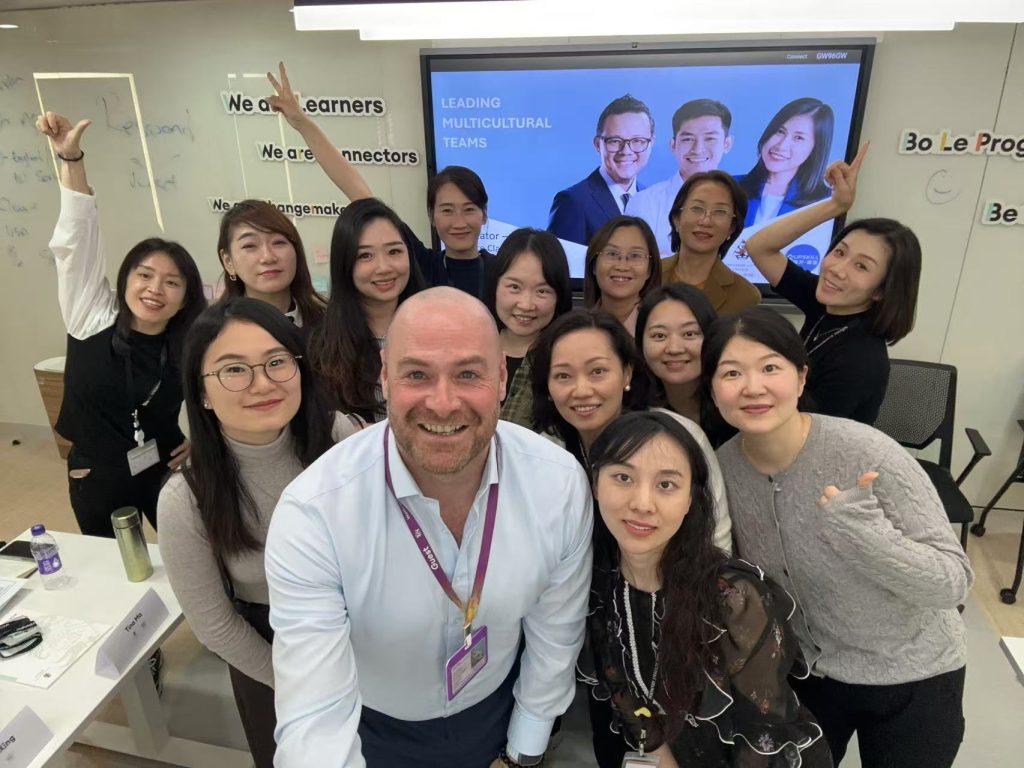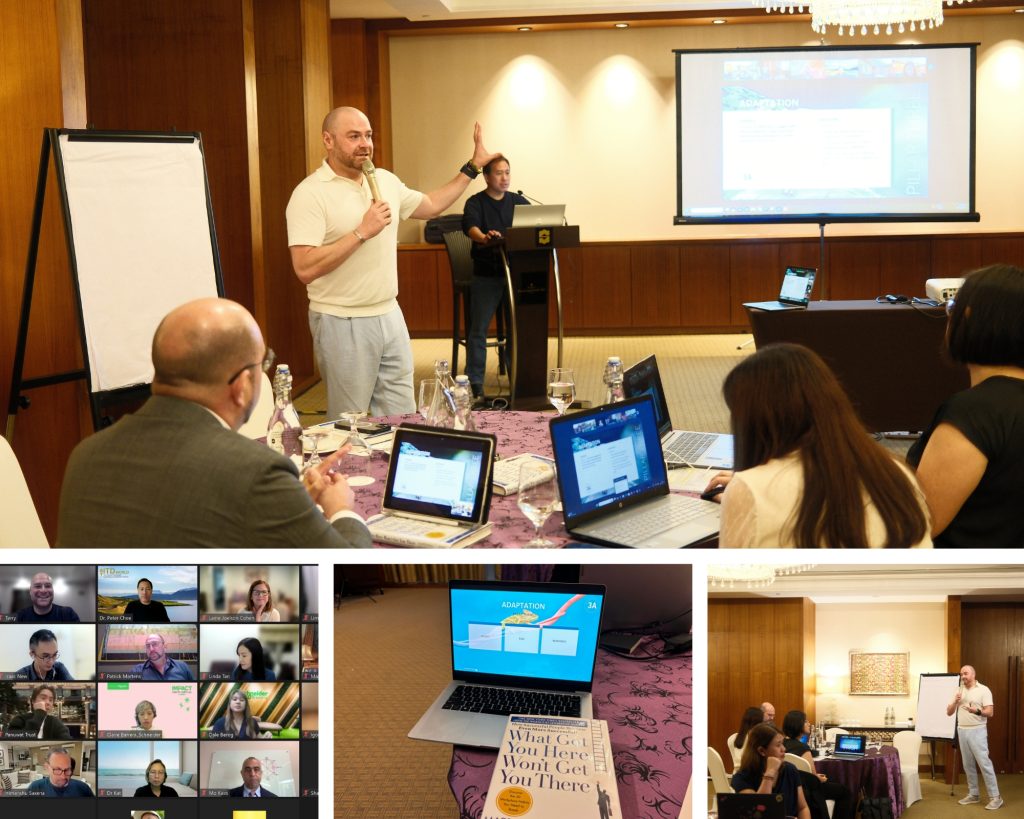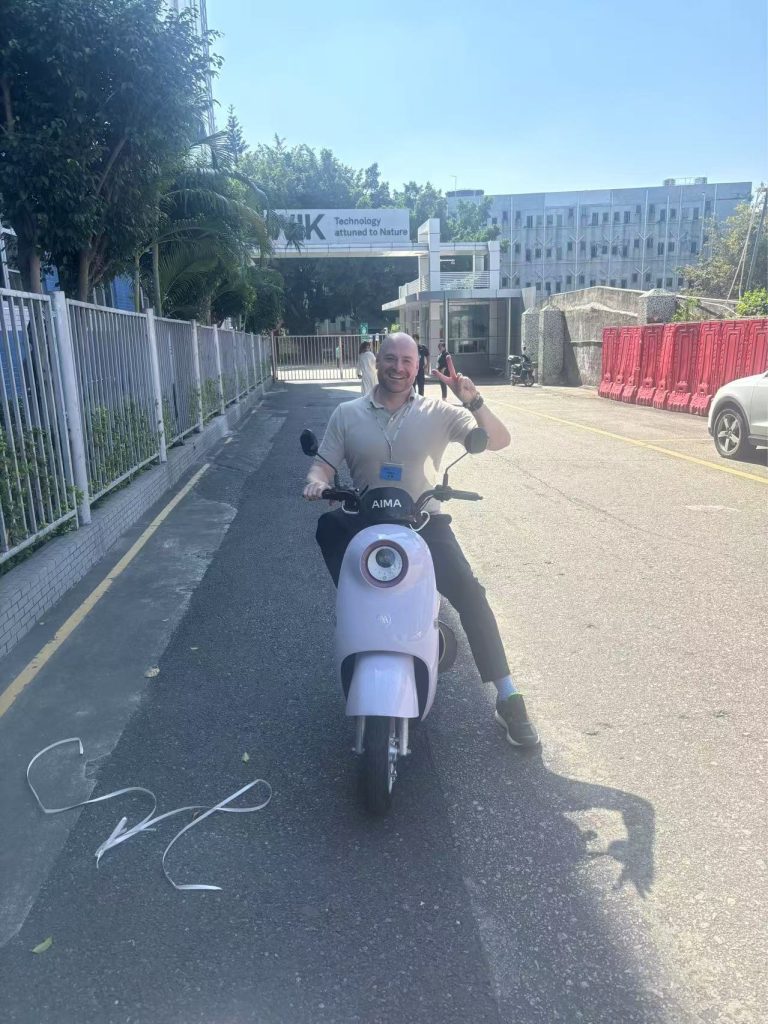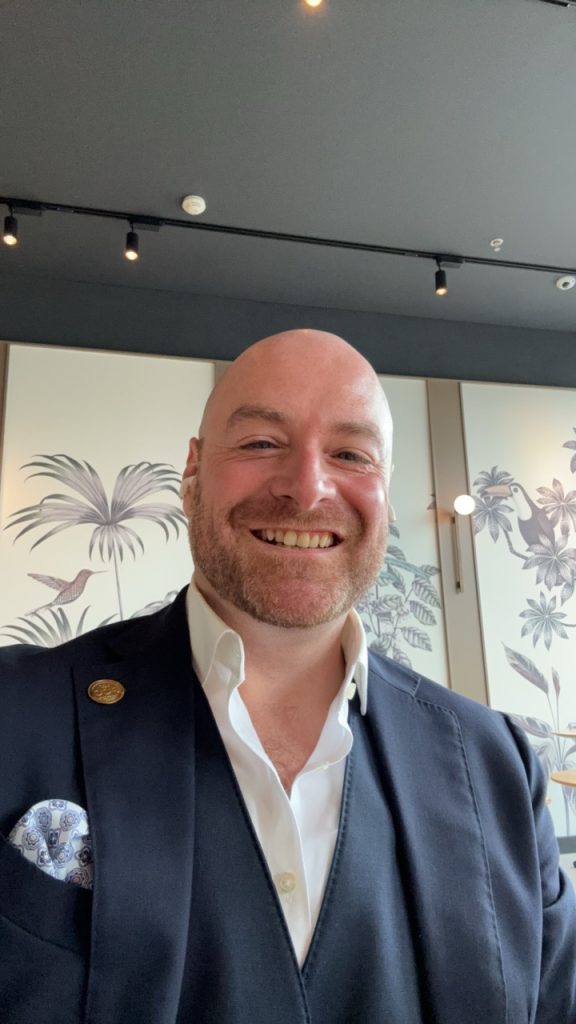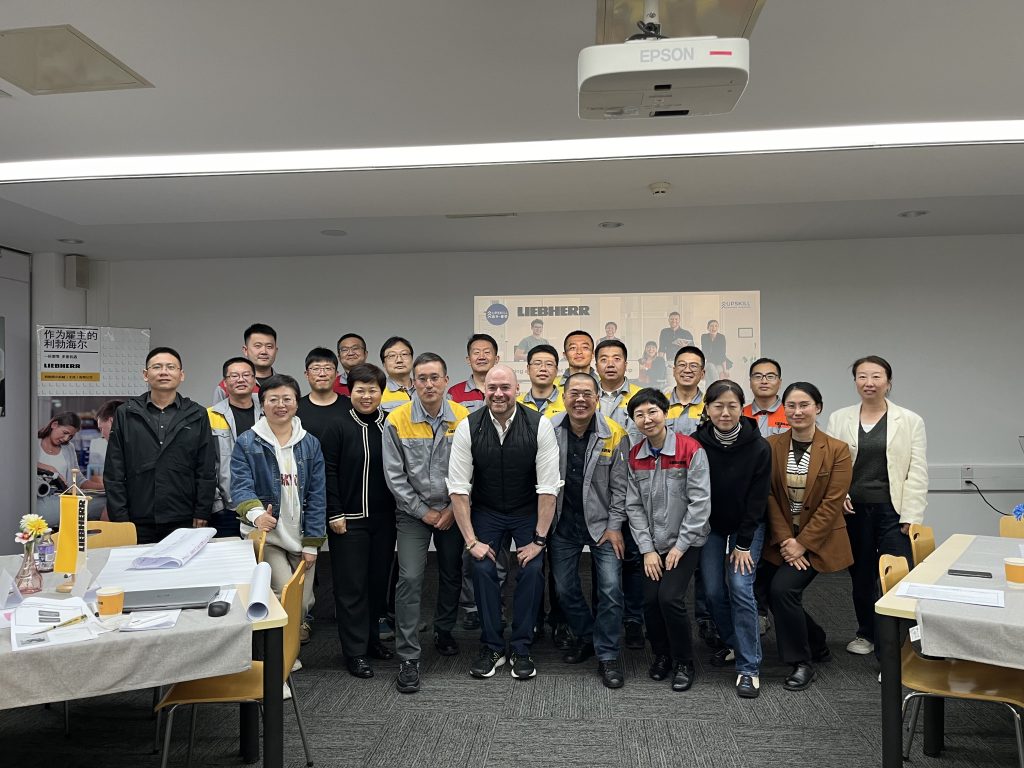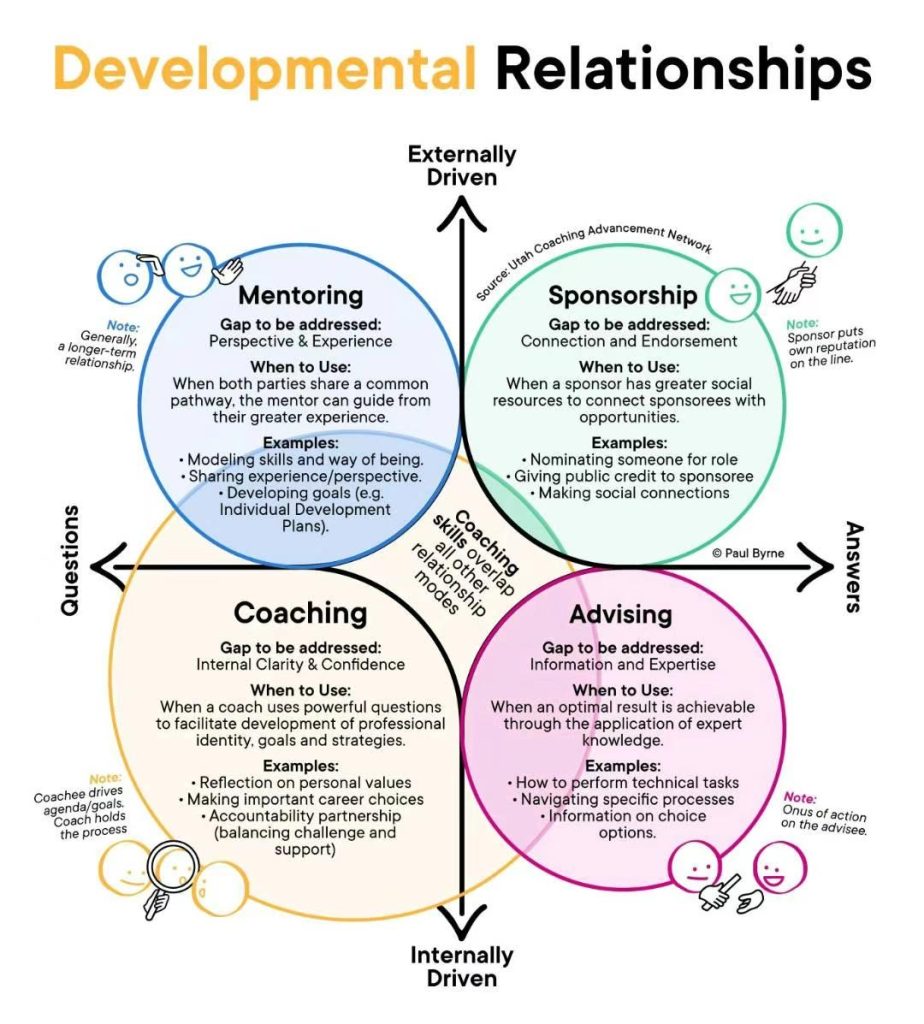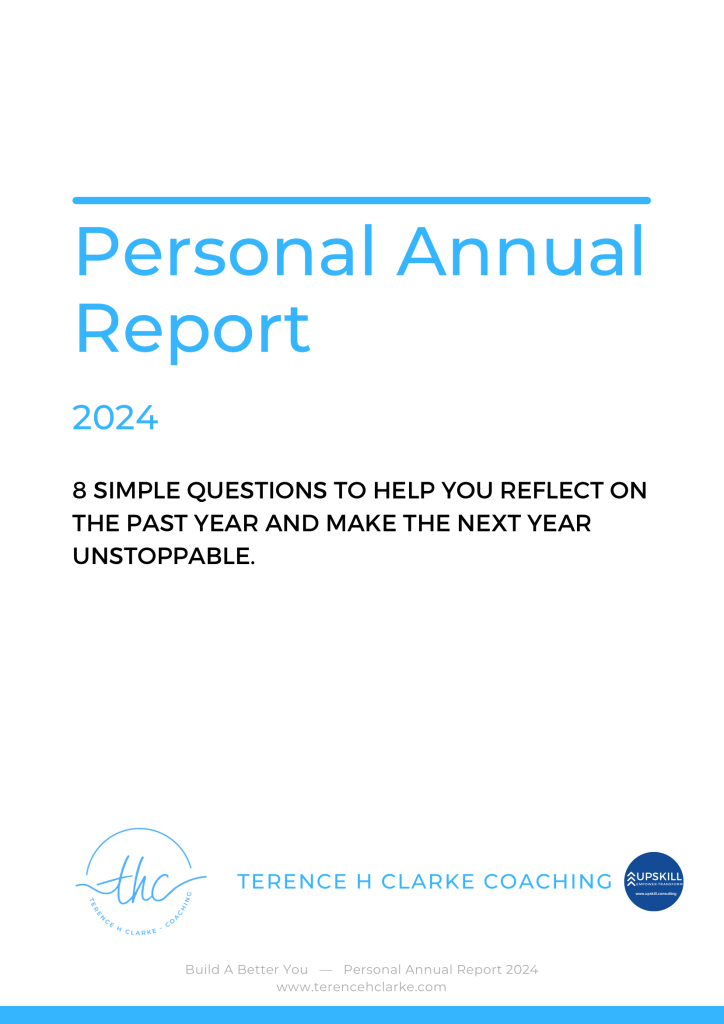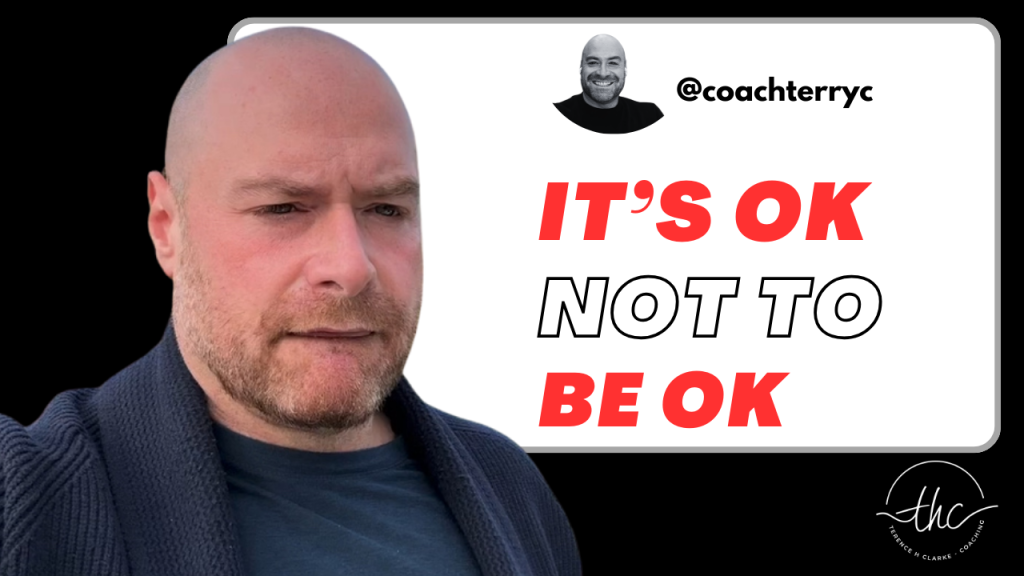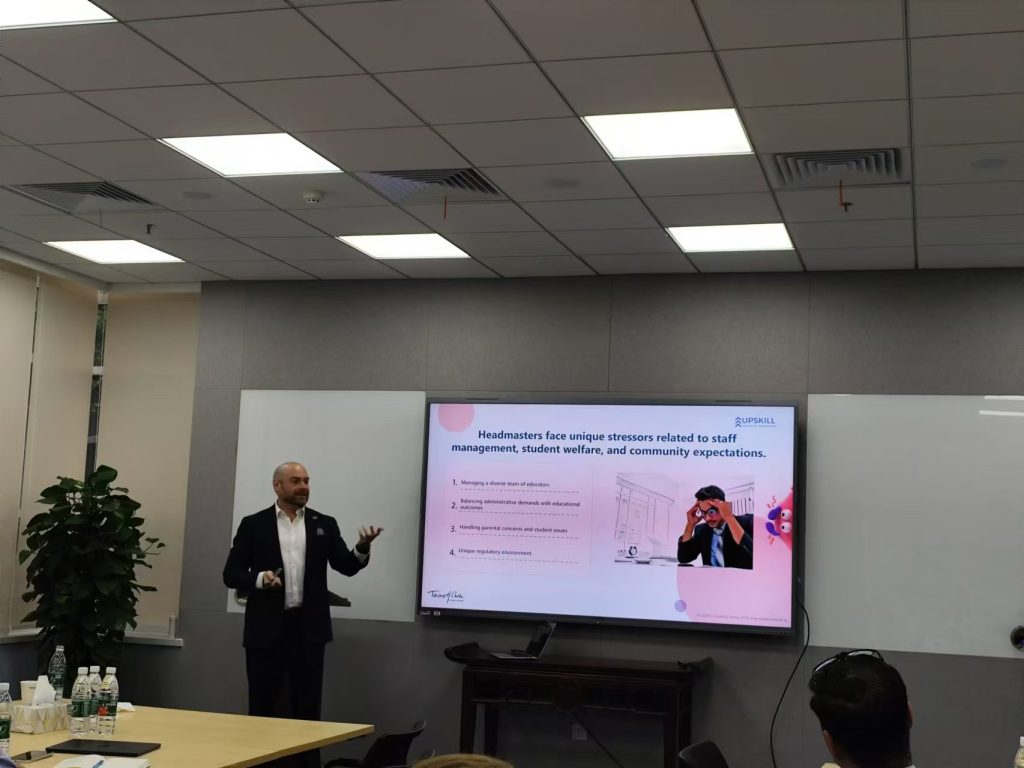Beyond the Grind: Leading with Adaptability, Influence, and Compassion Welcome back to Build a Better You! Each week, I share practical insights from my coaching journey to help leaders and professionals grow with resilience, purpose, and genuine connection. This week’s edition brings stories of adaptability, the power of influence, and the surprising kindness we encounter along the way. This Week’s Focus: 1. Navigating Challenges with Compassion Every now and then, we face physical, mental, or logistical challenges that test our resilience. This past week, I encountered one of those moments myself: two days, two cities, and two workshops—all with a torn meniscus. Thanks to a kind loan of a scooter, I managed to navigate a 2,000-person factory without unnecessary strain, a reminder of the immense generosity in the world. Takeaway for Leaders: Sometimes, leadership isn’t about pushing through pain; it’s about recognizing our limits and graciously accepting help. Leading with compassion starts with ourselves and extends to understanding and supporting others’ journeys. Reflect on the kindness around you and find ways to pass it forward in your team or organization. 2. Enhancing Executive Presence It was an honor this week to work with Wellington College’s Senior Leadership Team (SLT) on executive presence and influence as part of their induction program for new leaders. These skills go beyond verbal communication—effective presence involves posture, authenticity, and active listening. A true executive presence is grounded in values and an awareness of how you inspire those around you. Practical Tips for Building Executive Presence: 3. Strategies for Effective Conflict Management Conflict, though uncomfortable, can lead to deeper understanding and innovation when managed well. During my session with the Global Lean and Quality team at WIK, we explored how to address conflict constructively. Embracing conflict as a space for growth enables teams to resolve differences while preserving relationships. Techniques for Productive Conflict Resolution: 4. Cross-Cultural Leadership Insights Next week, I’ll be traveling to Beijing, Tianjin, and Bangkok to train teams in leadership, conflict, and cross-cultural communication. As leaders work globally, adapting to different cultural norms is essential. Every culture has unique expectations and preferences, and success hinges on mutual understanding and respect. Key Tips for Cross-Cultural Leadership: Reflection Corner: Questions for the Week Quotes to Inspire “Leadership is not about being in charge. It is about taking care of those in your charge.” — Simon Sinek “Kindness is the language which the deaf can hear and the blind can see.” — Mark Twain “In every community, there is work to be done. In every nation, there are wounds to heal. In every heart, there is the power to do it.” — Marianne Williamson Thank you for joining this week’s Build a Better You! Here’s to a week filled with adaptability, connection, and compassion. And remember—sometimes a helping hand makes all the difference. Wishing you simplicity and strength, Coach Terry C Notice: JavaScript is required for this content.

